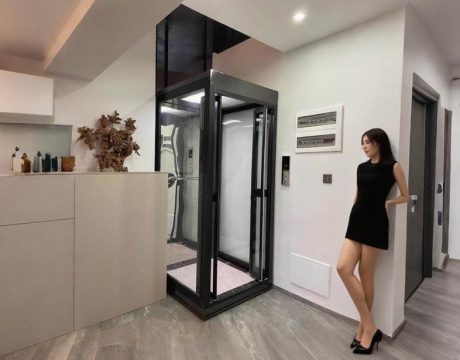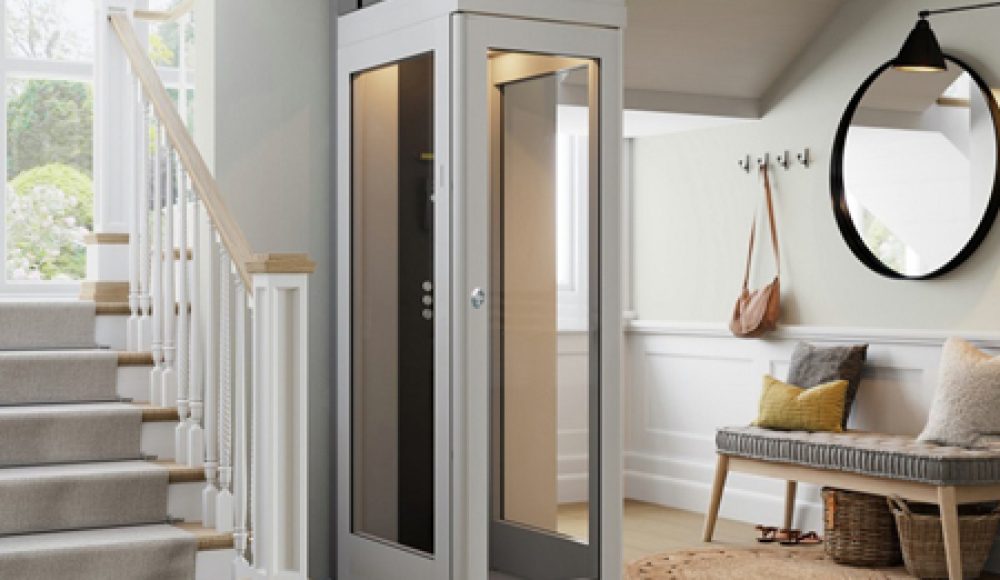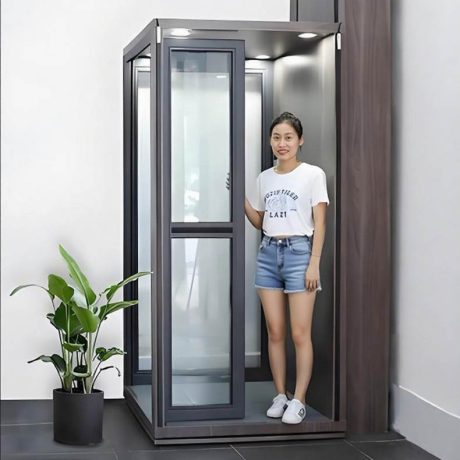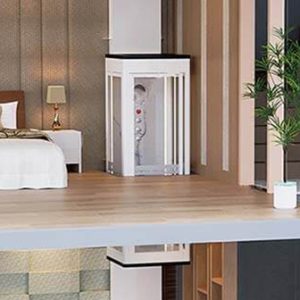In recent years, home lifts have become an increasingly popular feature in modern houses. Whether for accessibility, convenience, or luxury, more homeowners are considering installing residential elevators. But are they really worth the investment? Let’s break down the pros, cons, and key considerations to help you decide.

What Is a Home Lift?
A home lift (or residential elevator) is a compact elevator designed for private residences. Unlike commercial elevators, home lifts are smaller, quieter, and often more customizable to fit different architectural styles.
Benefits of Installing a Home Lift:
1. Improved Accessibility.
For individuals with mobility challenges, a home lift can be life-changing. It eliminates the need for stairs, making multi-story living safer and more convenient for seniors or those with disabilities.
2. Future-Proofing Your Home.
Even if you don’t currently need a lift, installing one can future-proof your home. As you age, mobility may become an issue, and having a lift already in place can save costly renovations later.
3. Increased Property Value.
A well-integrated home elevator can enhance your home’s resale value cost, especially for buyers looking for accessibility features or luxury upgrades.
4. Convenience and Luxury.
Carrying heavy items (like groceries, luggage, or furniture) between floors becomes effortless. Plus, a sleek, modern lift can add a touch of sophistication to your home.
Are Home Elevator Cost Worth It?
The answer depends on your needs and budget. If:
✔ You or a family member has mobility challenges.
✔ You plan to age in place.
✔ You value convenience and luxury.
✔ You’re building or renovating a home and can incorporate the lift early.
…then a home lift could be a worthwhile investment.
However, if cost is a major concern or you don’t foresee needing one, alternatives like stairlifts or single-floor living may be more practical.
Would you install a home lift? Share your thoughts in the comments!



